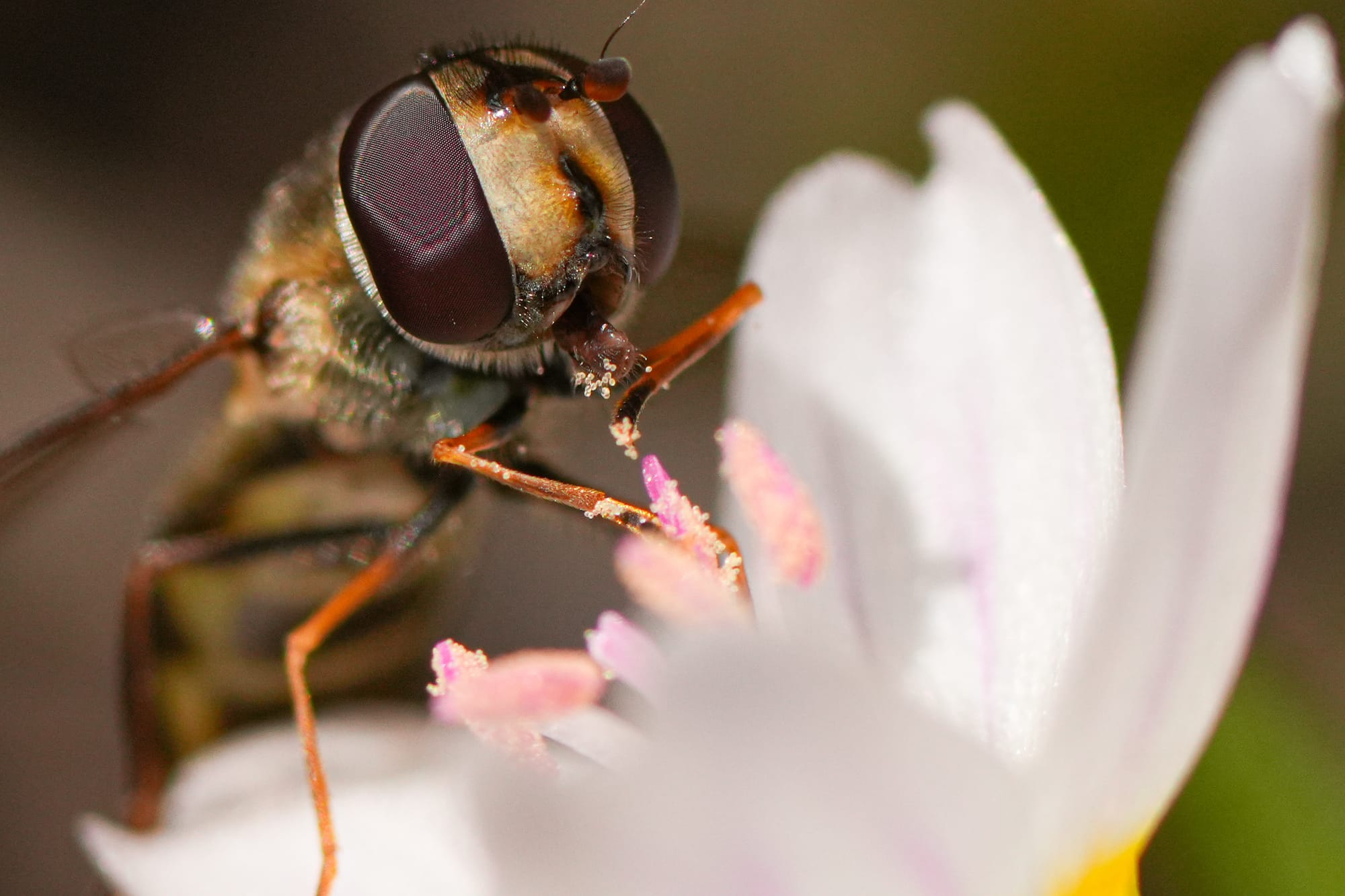April 6-12, 2025

Another fine week of spring's fickle nature, with everything from warm sun to cold wind, spitting rain, and a light dusting of new snow on the hills, along with flowers and singing birds.
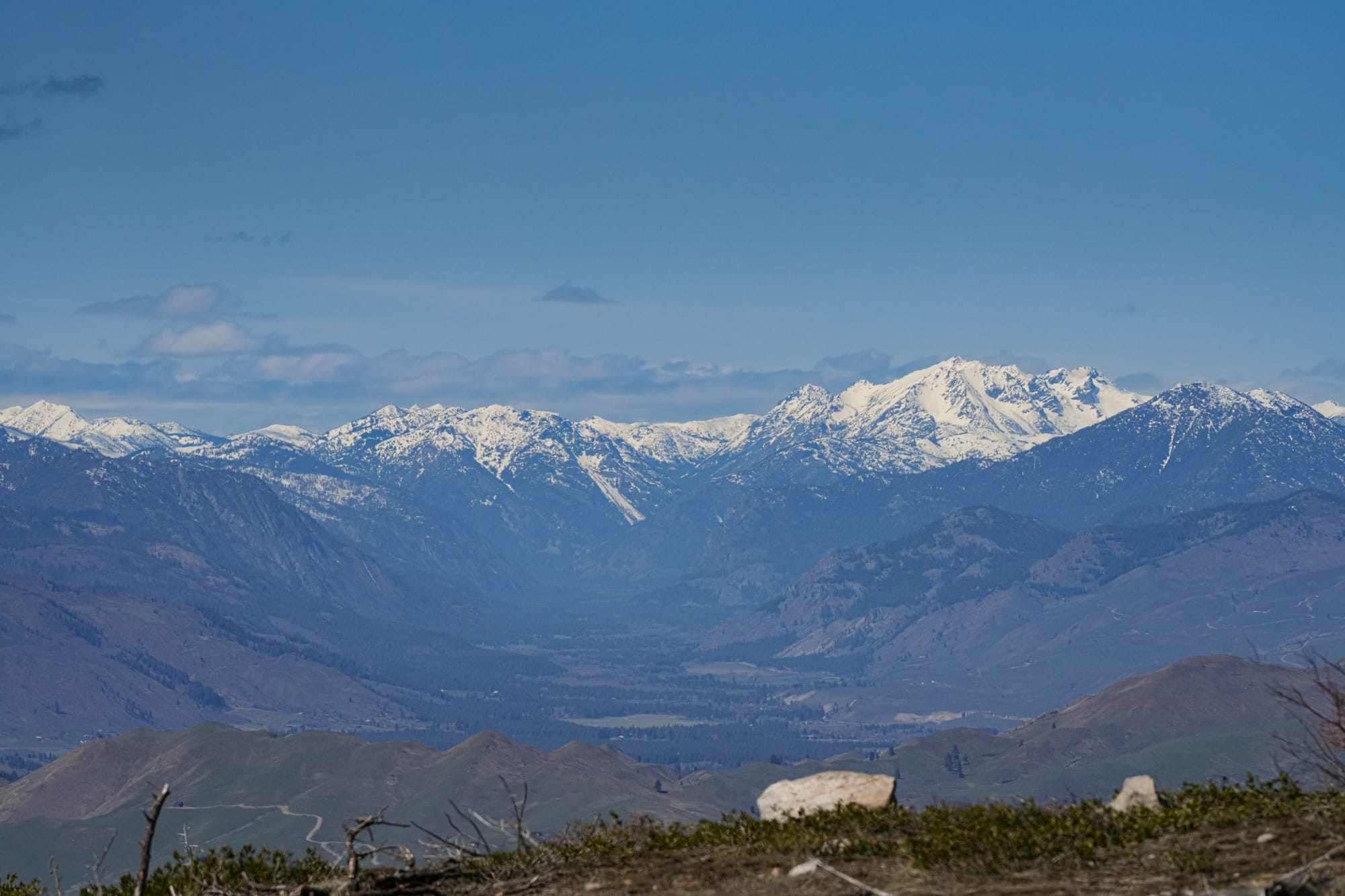
A MAJOR MILESTONE...
Today is the 100th issue of the Methow Nature Notes newsletter!!!
Over the past two years, we've had a chance to share many amazing observations and insights! Scroll through past issues to see how much we've covered, or look back to discover what was happening at the same time last year or two years ago.
I started the newsletter to supplement the Nature Notes Facebook group, which has been going for over four years and has more than 3600 followers who post fantastic photos, questions, and observations every day. While the Facebook group and the newsletter stand apart, they also complement each other with a delightful mix of daily observations and in-depth stories.
There are very few newsletters like this anywhere in the western United States, and this long-term archive of seasonal observations is a rare and valuable resource for the Methow Valley. Judging from the many people who stop to tell me how much they love the newsletter, it's clear that the newsletter is making a difference.
Looking ahead, I'm excited to continue adding to this archive and creating additional resources like videos and guides to local plants and animals. But in all honesty, sustaining this effort will require your support. Researching and writing each issue takes days of hard work, but I'm currently receiving only $150 a week from paid subscribers so it's a struggle to keep this going.
Whether you're sharing the newsletter with friends, stopping to say thank you, making a donation, or becoming a paid subscriber, your support means the world to me. Thank you for being part of Methow Nature Notes!
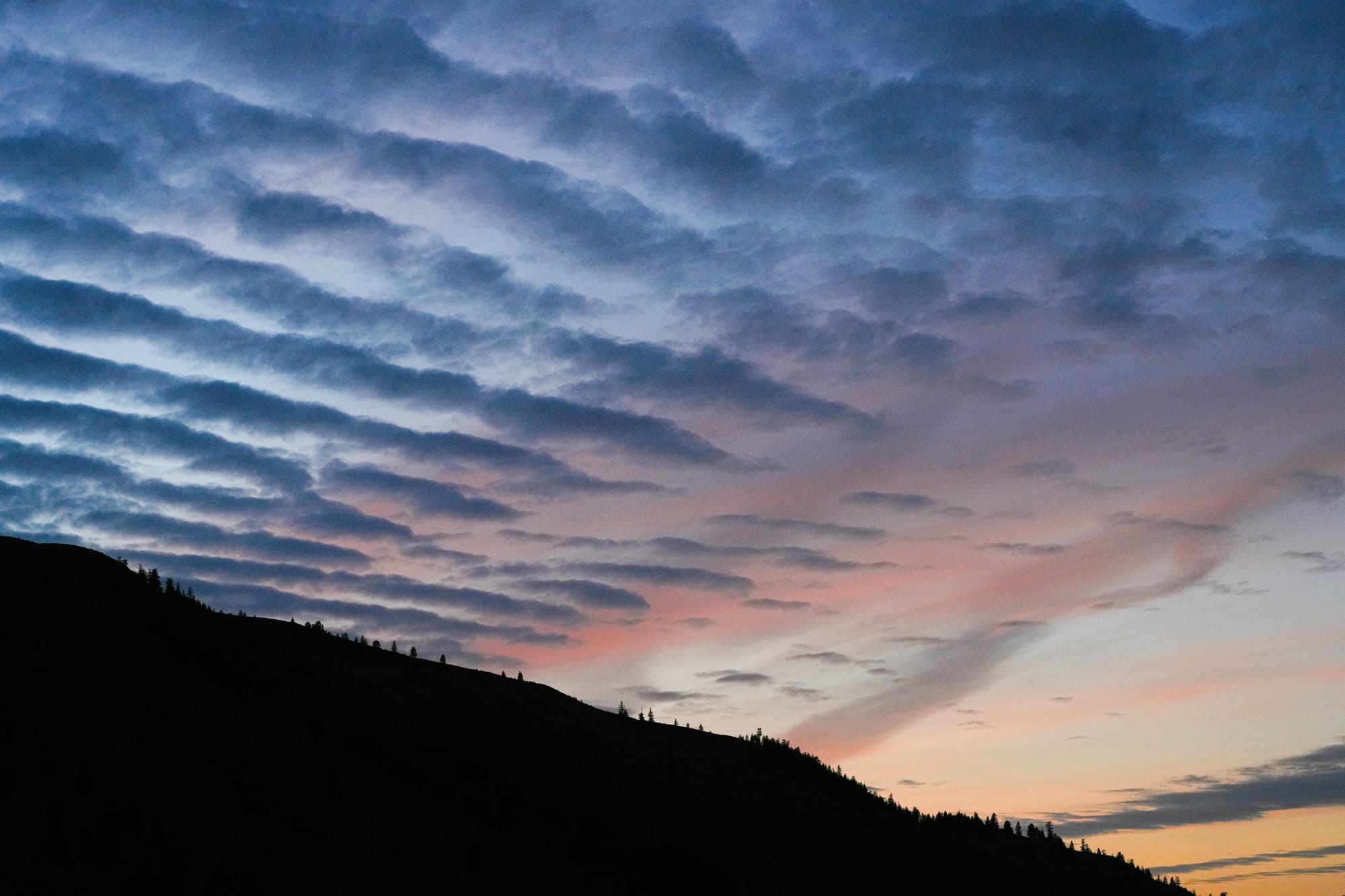
Week in Review
I'm guessing they've have been out for several weeks, but I saw my first butterfly last Saturday (April 5) and now I'm seeing them every day. So far I've seen 3-4 mourning cloaks, 1 Julia's orangetip, and many California tortoiseshells, but there must be other species flying around and I hope folks post photos of what they're seeing on the Facebook group.
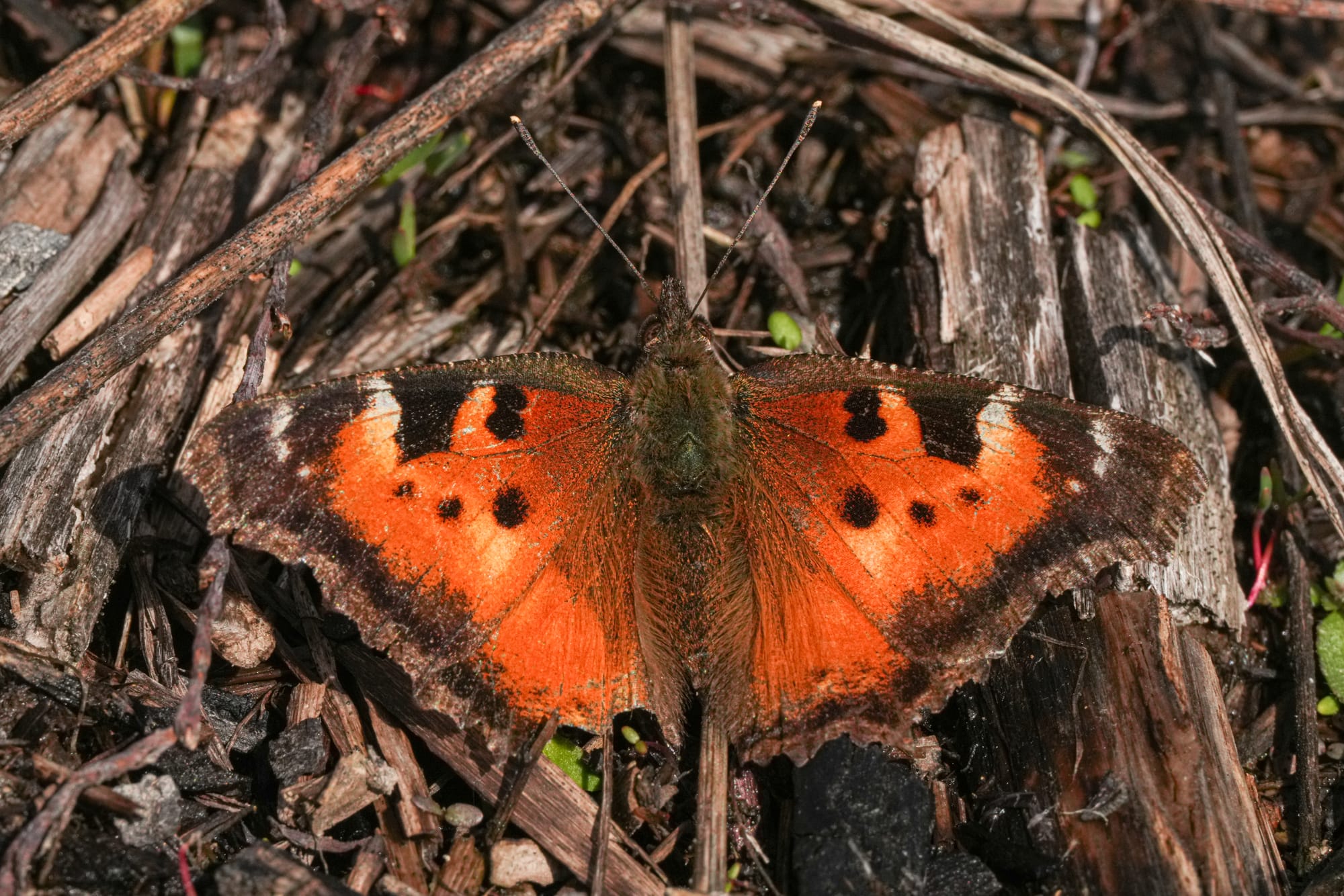
Orangetip butterflies lay their eggs on plants in the mustard family, especially members of the rock cress (Arabis). Keep an eye out for bright yellow "flowers" on rock cress but don't be fooled. These "flowers" are produced by a parasitic rust called Puccinia monoica that infects rock cress and reprograms its genetic code so it produces false flowers. When insects stop to pollinate the "flower" they get dusted with fungal spores then carry spores to new plants.


It looks like a flower, but upon closer inspection notice that there are no flower parts and the surface is dusted with golden spores. Photos by David Lukas
This week's other firsts included the first mosquitos and the first dandelions of year (yippee!) and displays of early balsamroots. This is also a great time to appreciate the distinctive tufts of fern-leaved desert-parsley (Lomatium dissectum) that turn entire hillsides bright green.
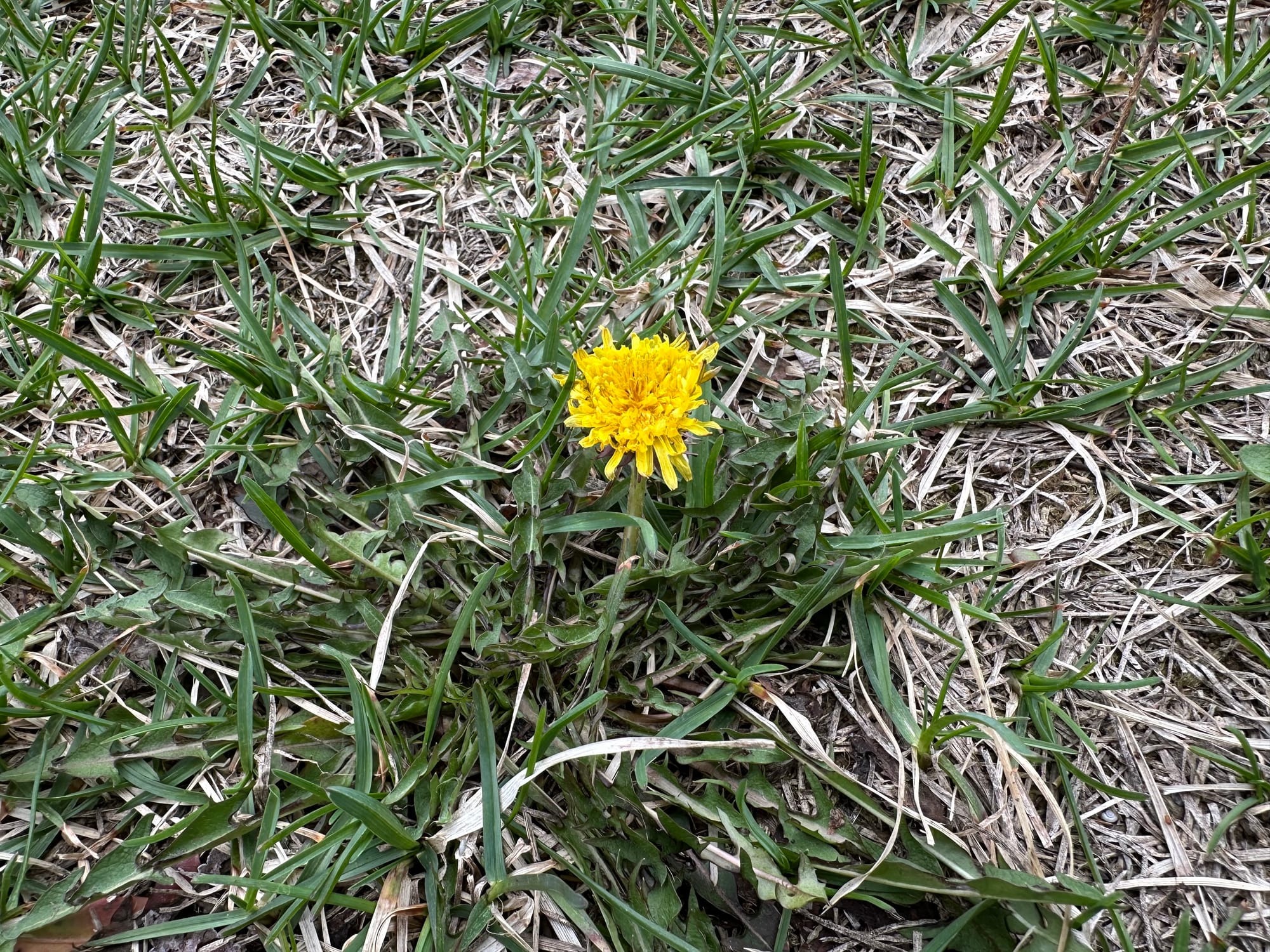
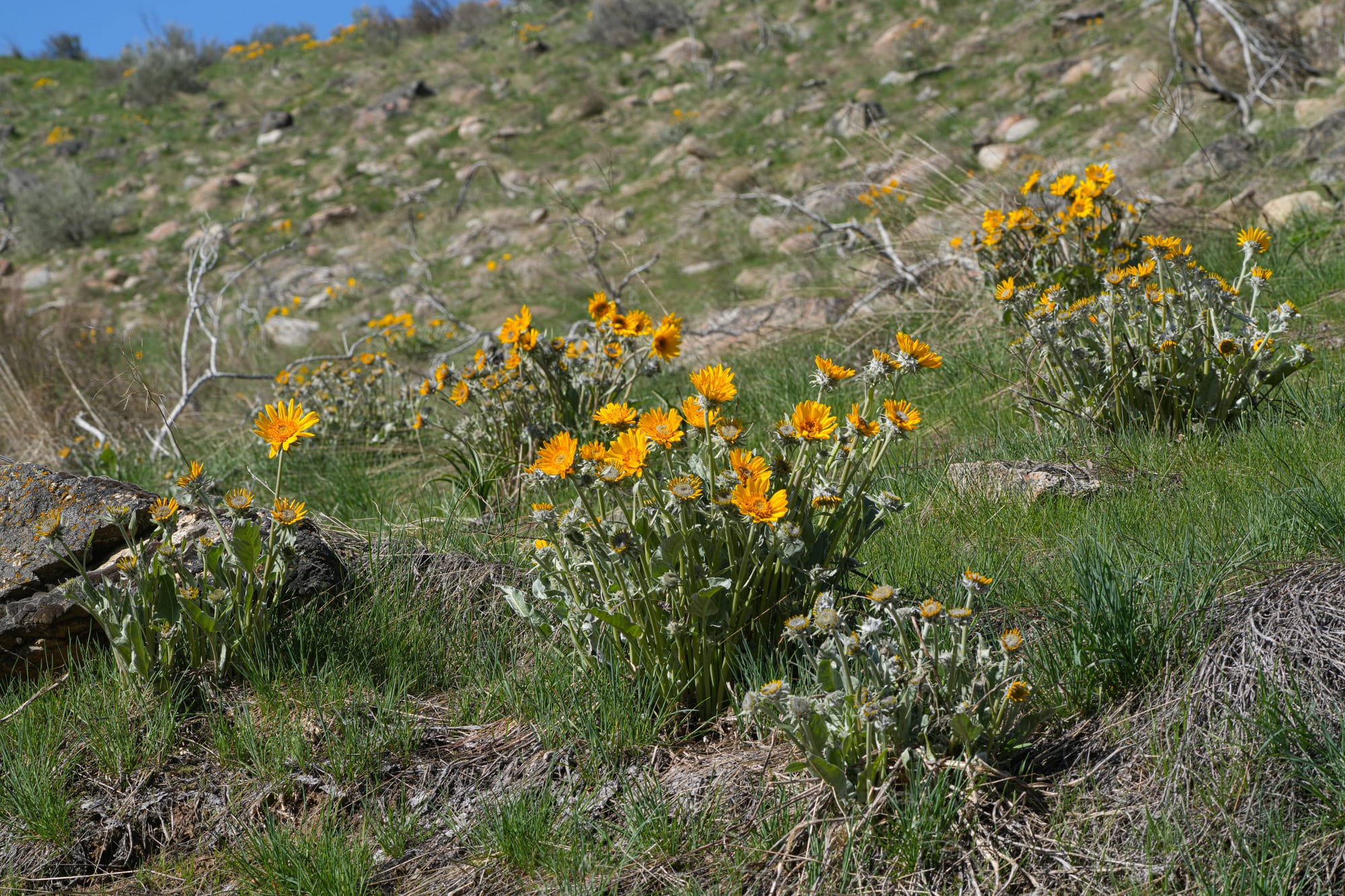
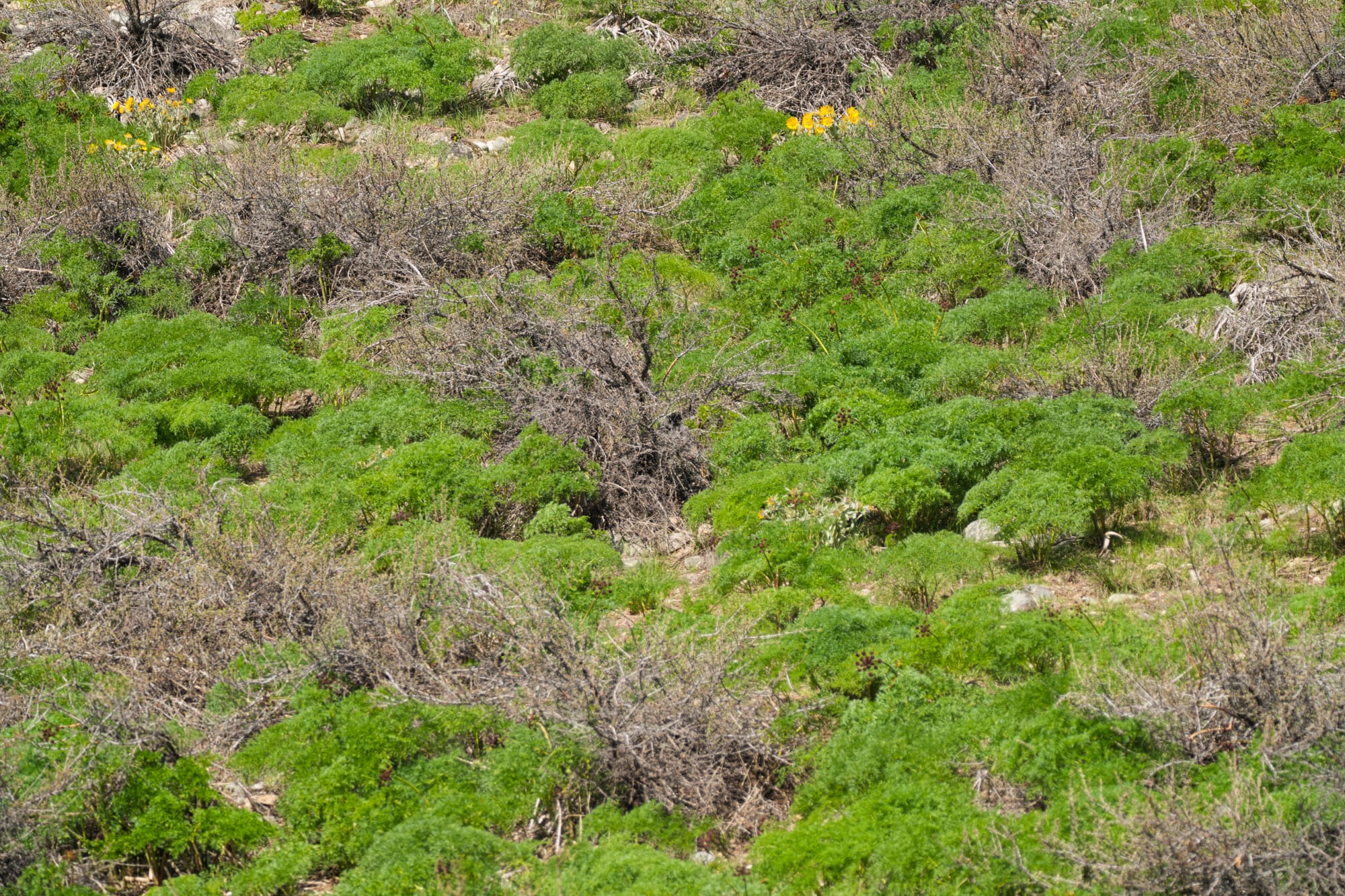
In a recent issue of my Lukas Guides newsletter, I explored the natural history of catkins and was surprised to learn how important they are. This has me paying more attention and seeing catkins in a new light. Not only are they ecologically important, they are also quite beautiful!
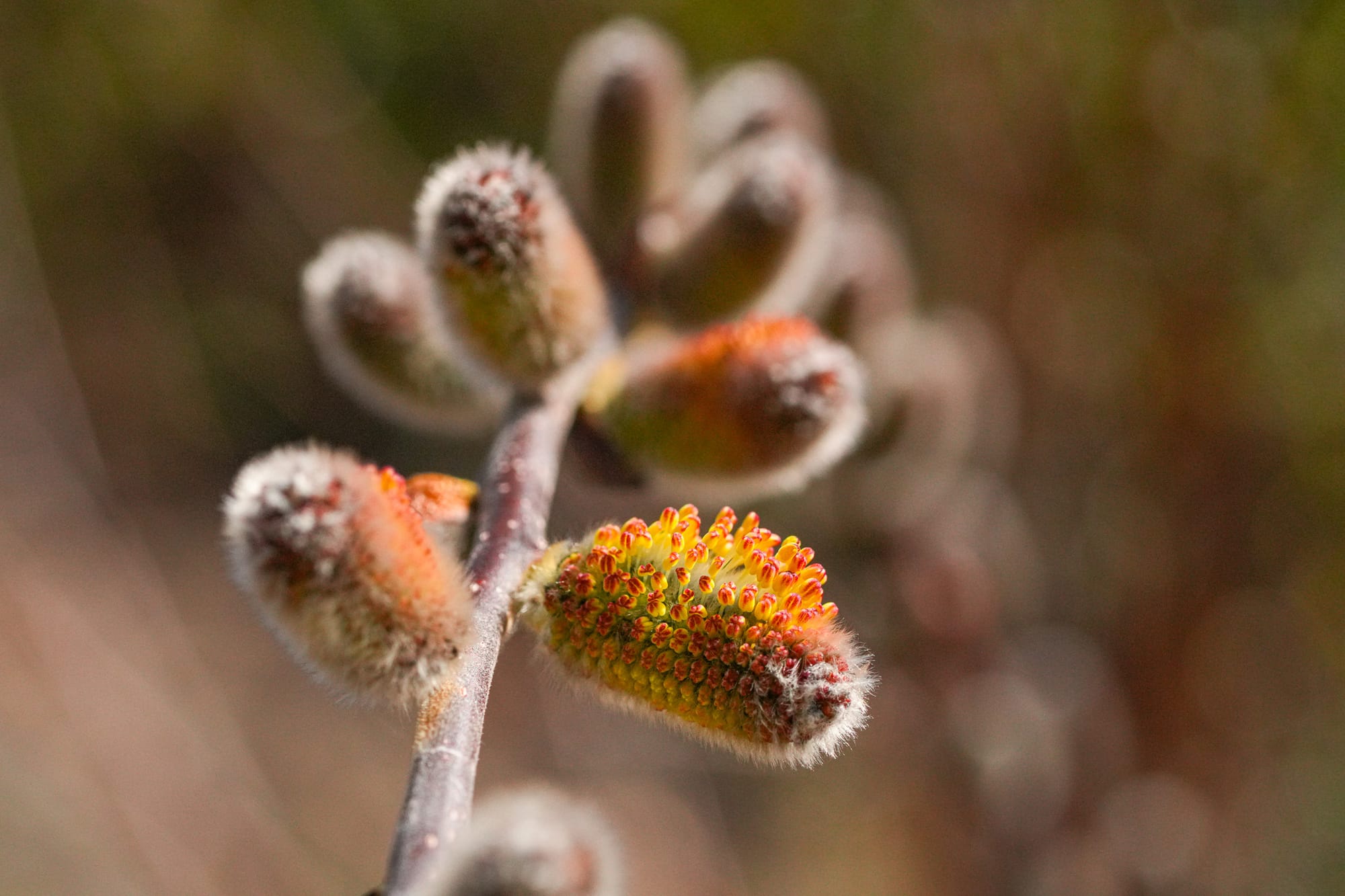
With the first rufous hummingbird being reported on April 6 we can also celebrate the return of hummingbirds. Anna's hummingbirds are hardy and linger a long time in the valley, but rufous hummingbirds are true migrants that head far south in the winter so it's fun to have them back.
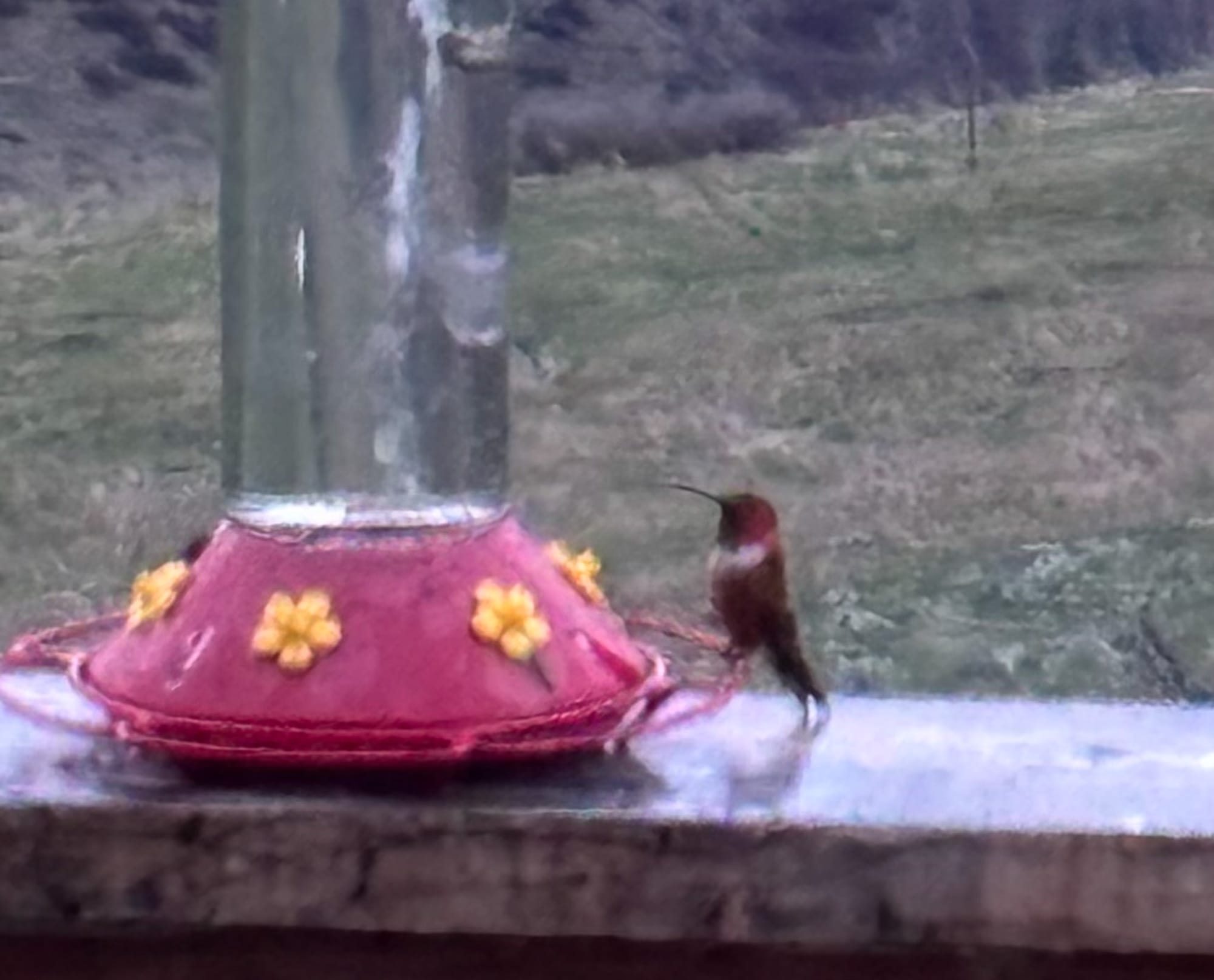
Otherwise, there's lots of exuberant bird activity with a handful of birds already mating and claiming nests and other birds just beginning to arrive. It's been a delightful change to hear all of them singing and calling on sunny days now.
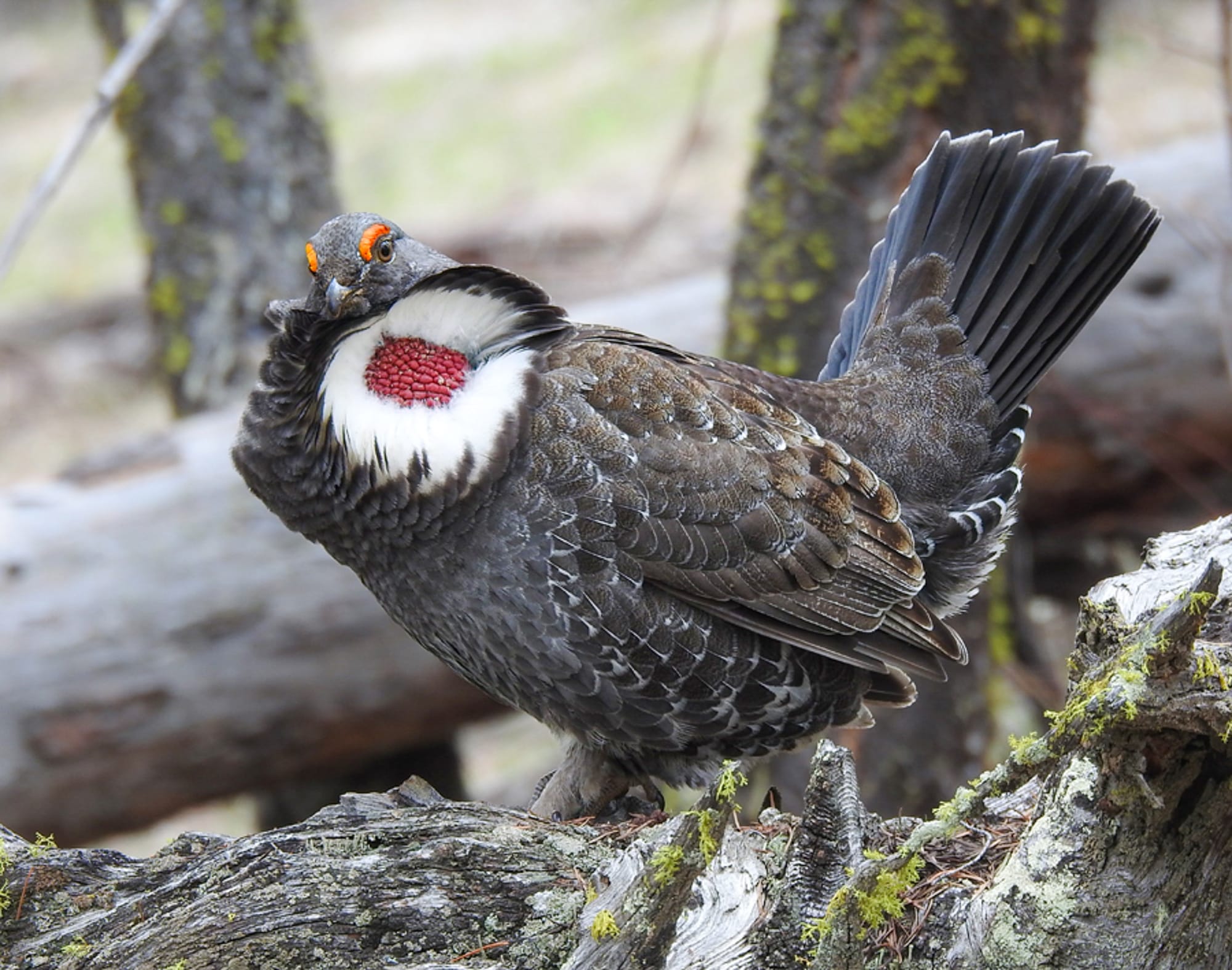

Observation of the Week: Spring Beauty
The most abundant flowers right now are spring beautys, with patches carpeting entire hillsides in many locations. These beautiful, delicate flowers have gorgeous pink anthers, pink veins on their petals, and a yellow ring marking the center of the flower.
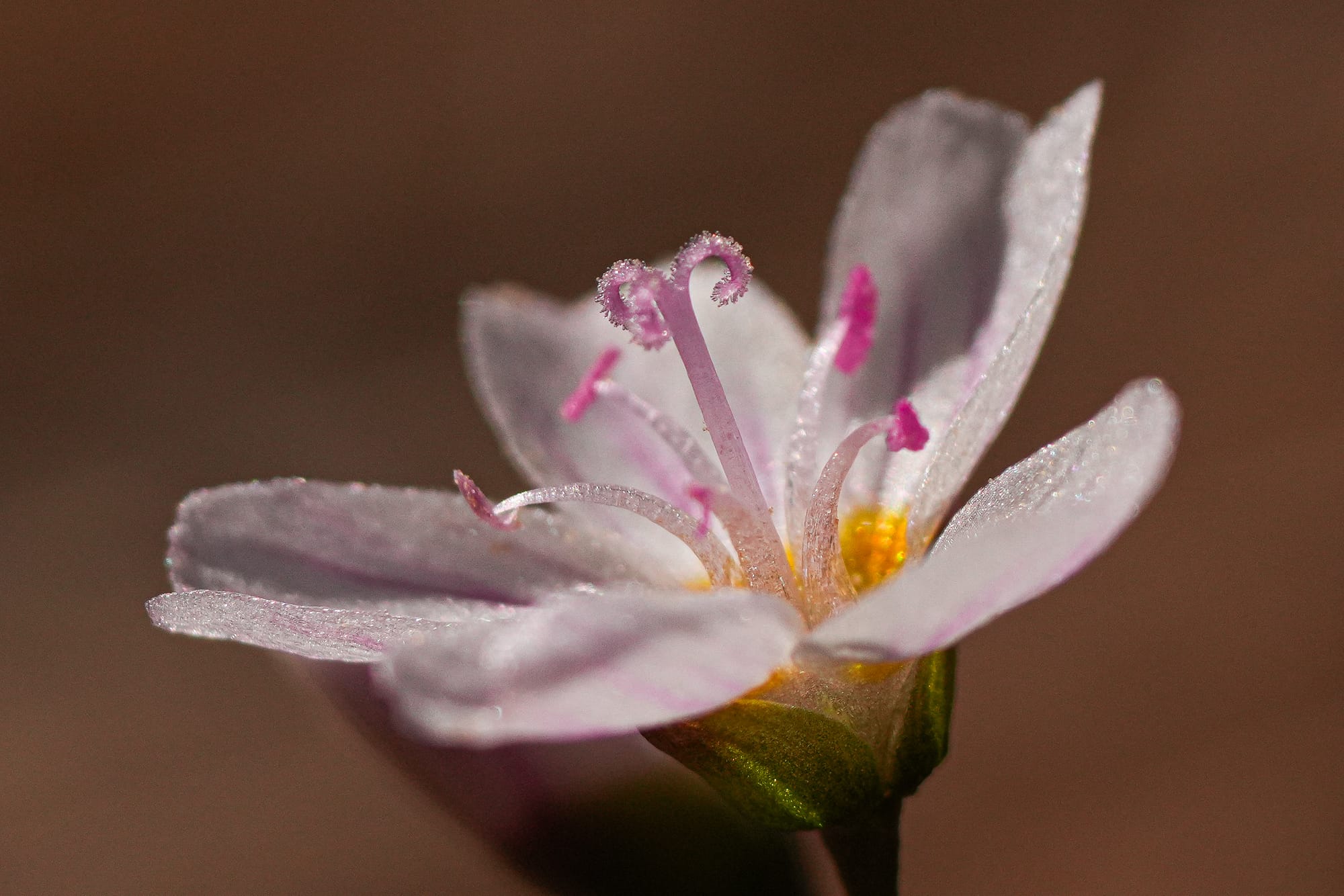
They are also play a vital ecological role because they store starch in their bulbs, like tiny potatoes, which makes them an important food sources for a range of animals. I discussed this topic and some other roles that spring beautys play in a video that I produced a few years ago for the Mary Kiesau Community Fellowship Fund, but this week I found myself fascinated by the pollinators they were attracting.
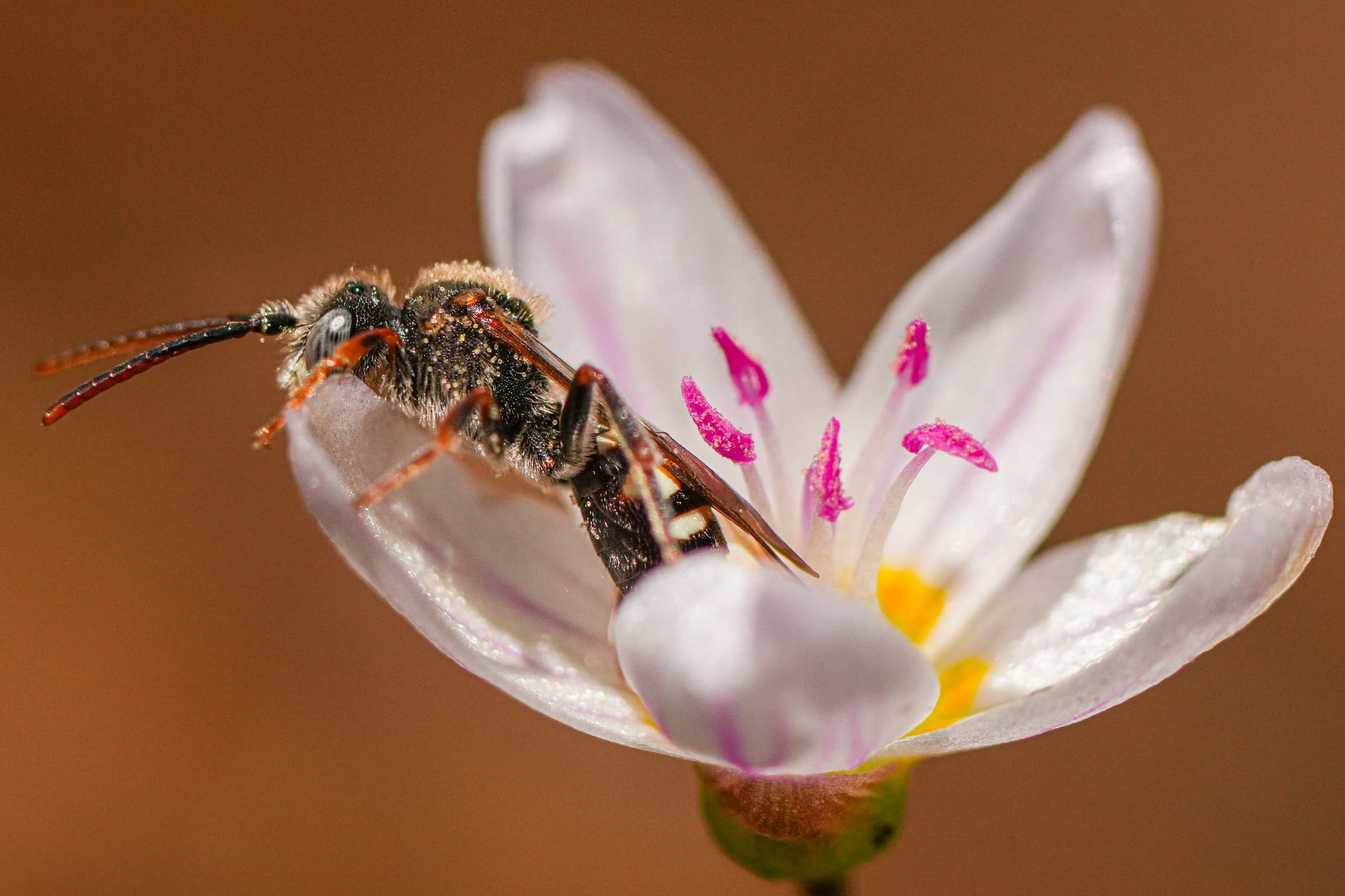
Specifically, I was collecting observations for a story I was writing on electrostatic ecology and how insects accumulate a strong positive charge as they fly through the air. Because flowers are grounded in the Earth they have a negative charge, which means that when insects visit flowers the pollen grains will "jump" from the flower and stick onto the insect using electrostatic energy.
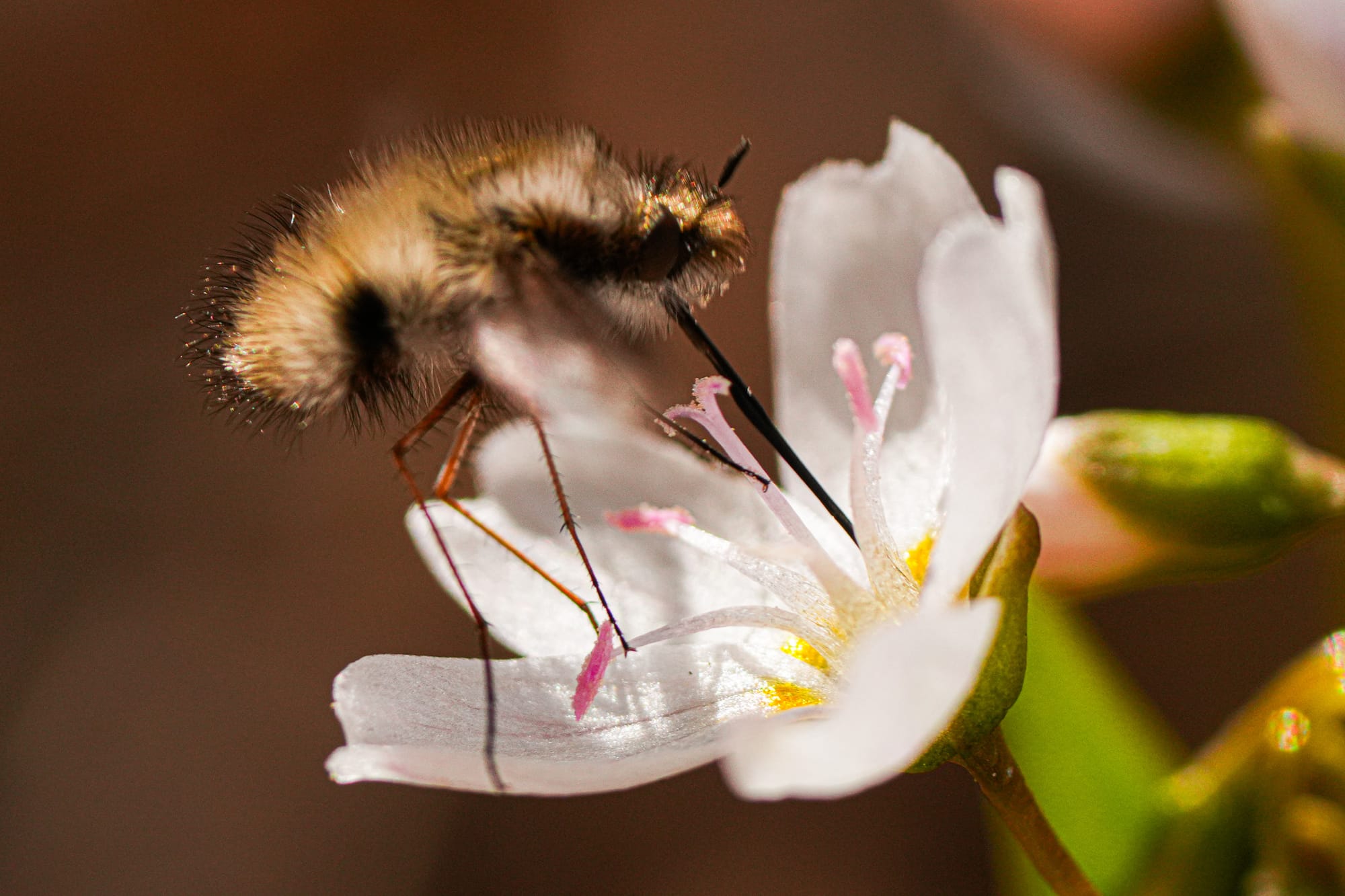
I spent an hour laying on the ground trying to get photos of these fast-moving insects and the more time I spent peering into these flowers the more interested I became. Spring is already such an amazing time, and it's even more fascinating when you focus in on tiny details like this!
